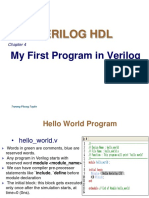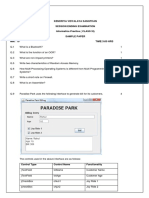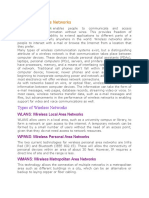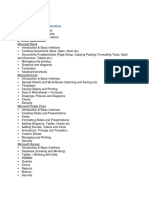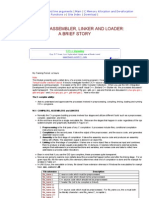0% found this document useful (0 votes)
54 views14 pagesChapter 1 - Introduction
This document provides an introduction to a course titled "Digital Systems Design" taught by Dr. Nguyen Cao Qui. The course goals are for students to learn how to implement digital circuits using HDL and FPGA, and to design, code, and test digital system circuits. The course is worth 2 credits and includes both theory and lab components. Textbooks and online references are provided. Student performance will be evaluated based on lab work and a final test.
Uploaded by
Danh ZEUS49Copyright
© © All Rights Reserved
We take content rights seriously. If you suspect this is your content, claim it here.
Available Formats
Download as PDF, TXT or read online on Scribd
0% found this document useful (0 votes)
54 views14 pagesChapter 1 - Introduction
This document provides an introduction to a course titled "Digital Systems Design" taught by Dr. Nguyen Cao Qui. The course goals are for students to learn how to implement digital circuits using HDL and FPGA, and to design, code, and test digital system circuits. The course is worth 2 credits and includes both theory and lab components. Textbooks and online references are provided. Student performance will be evaluated based on lab work and a final test.
Uploaded by
Danh ZEUS49Copyright
© © All Rights Reserved
We take content rights seriously. If you suspect this is your content, claim it here.
Available Formats
Download as PDF, TXT or read online on Scribd
/ 14





